Christmas time is often associated to champagne. The joy and celebrations, but also the foods which match perfectly with this wine. (Champagne is indeed a wine). The process of making it, however, is rather elaborate and relies on a technique known to few. The aim of this article is to help you better understand this bubbly wine produced solely in the champagne region.
The French region Champagne is, in turn, often associated to the grand champagne producers (called champagne “houses”), such as Moet&Chandon, Dom Perignon, Veuve Clicquot… It is interesting to note that only for this region do our minds go straight to brands rather than appellations. There are nonetheless terroirs in champagne, spread out over 4 regions: the montagne de Reims, the Côte des blancs, the Côte des Bar and the Marne Valley. Although Reims remains the historical capital of the region, Epernay is a serious contender to the title. This is partly due to Epernay’s famous avenue de Champagne, the most expensive street on earth because of the millions of bottles nestled underground.
I – The region’s wealth dates back
Long before it even became sparkling, wine from Champagne was already prestigious. Its first vines were planted in roman times. As is the case in many French wine making regions, the romans were the frits to discover its potential despite the relatively cold climate.
Later on, Clovis, King of the Francs, was baptized by the bishop of Reims and chose to celebrate with champagne wine. This tradition was kept up by the 33 French kings who were crowned later on in the Reims Cathedral.
The Duke of Orleans then introduced sparkling wine from champagne to the high society, where it was quickly adopted, and from then on the market skyrocketed.
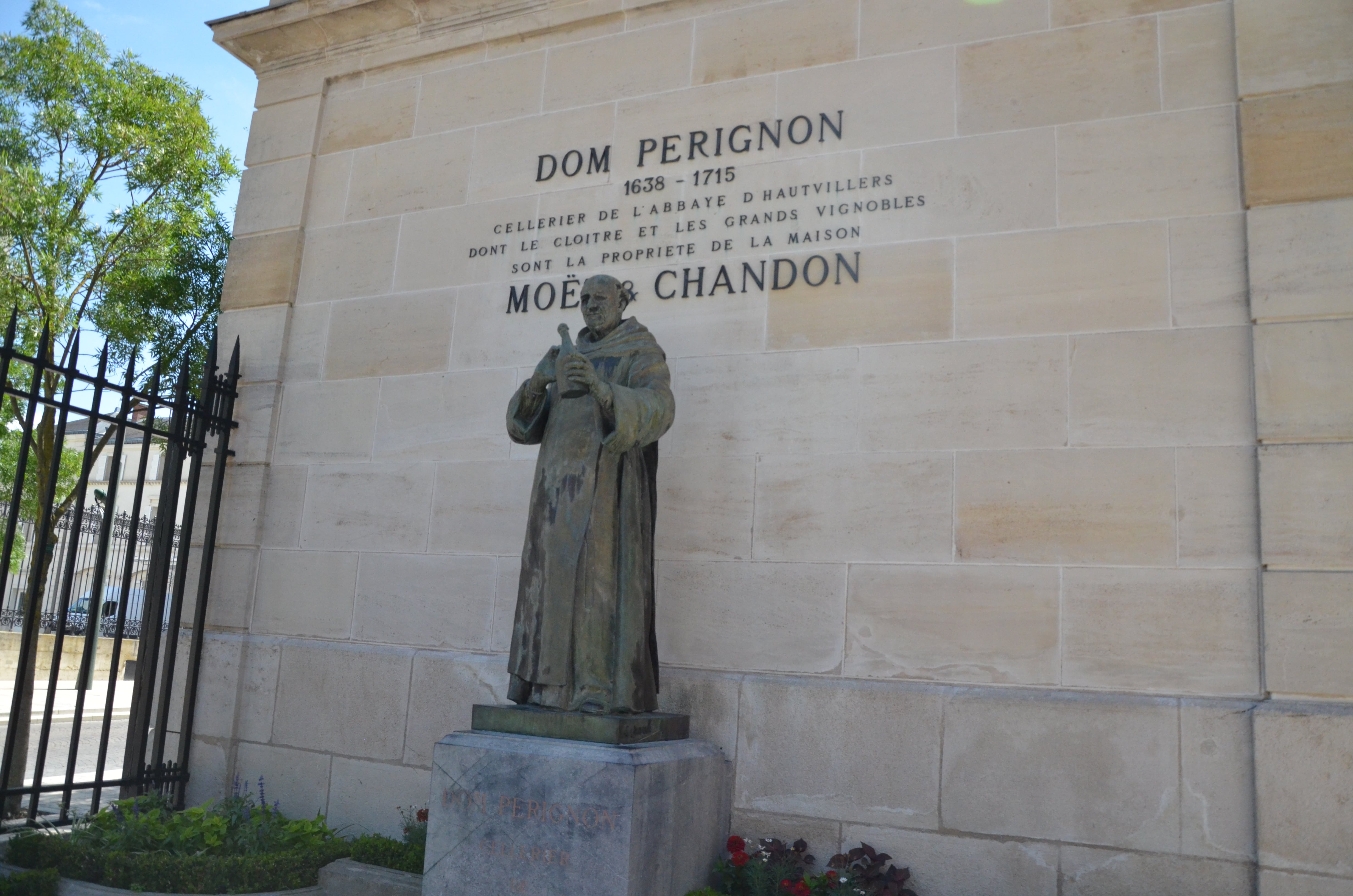
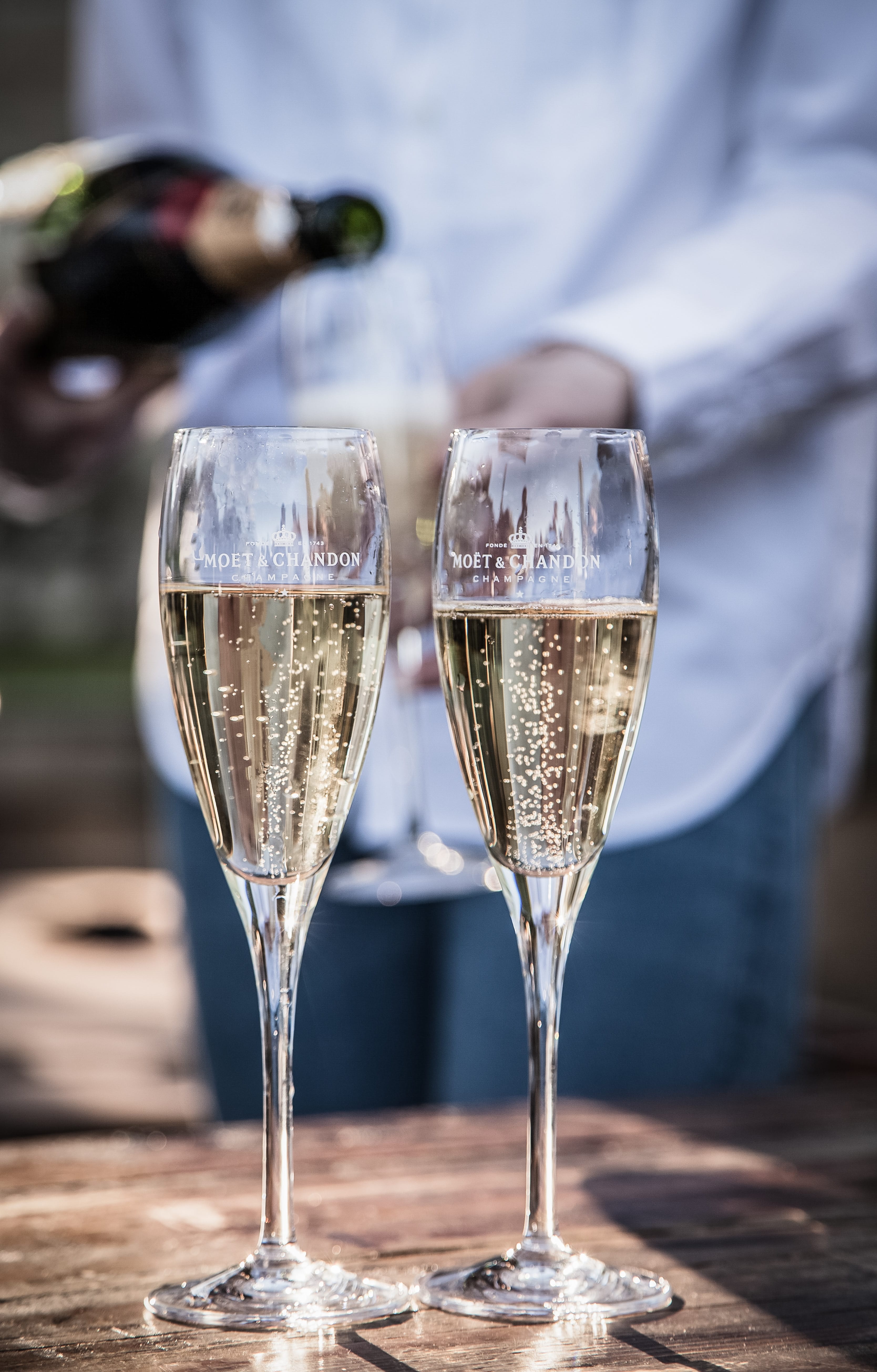
Before becoming a world famous brand of Champagne, Dom Perignon was a modest monk. Some say he was the first to master the process of making fine bubbly, although we have no historical proof of this fact. Either way, he played a major role in the wine’s development, and he greatly improved the technique for his Abbey in Hautvilliers. His wine was very reputable and sold at the price of the champagne produced by great houses. Other religious men were involved in this journey towards great Champagne.
Among the main players of the region, we find famous merchants of the 18th century, in particular Claude Moët and Florens-Louis Heidsieck. The former slipped into the court at Versailles to advertise his wine throughout the world, whereas the latter presented his wine directly to Queen Marie-Antoinette. Both built an empire still standing today, thanks to their wit and creativity. Indeed, they were already excellent at marketing in their time.
We must also mention the women who made history in champagne. The Veuve Clicquot (Meaning Clicquot widow) was a formidable salesperson, who even managed to take over the Russian market. In addition to her commercial success, this very influent woman also invented rosé champagne and the riddling table with her cellar master Antoine de Müller. Also during the 19th century, the Pommery widow marketed the Champagne bearing her name, and did so very successfully as Pommery became on of the big champagne houses.
Finally, some unexpected factors behind the success of champagne are rappers such as Jay-Z, who partner with certain houses to increase their fame and value, and their sales especially in the states. Several debates ensued on the appropriateness of such an ostentatious message, but it remains undeniable that such associations have boosted the international reputation of champagne houses.
II – Behind the bubbles
Effervescence was introduced very late. At first, bubbles were undesirable, misunderstood and seen as a flaw in wine. This type of wine wasn’t nearly as popular as it is today, it was even called wine of the devil because of the unfortunate tendency barrels of bubbly had to explode in the hold of ships carrying them. Even once it became a more common style of wine, sparkling wine was much sweeter at its beginnings than Champagne is today.
The elaborate process behind making sparkling wine, which we are about to go through, was developed in stages by several people. There have been many contributors to this process, and each Champagne house has its own history and specificities.
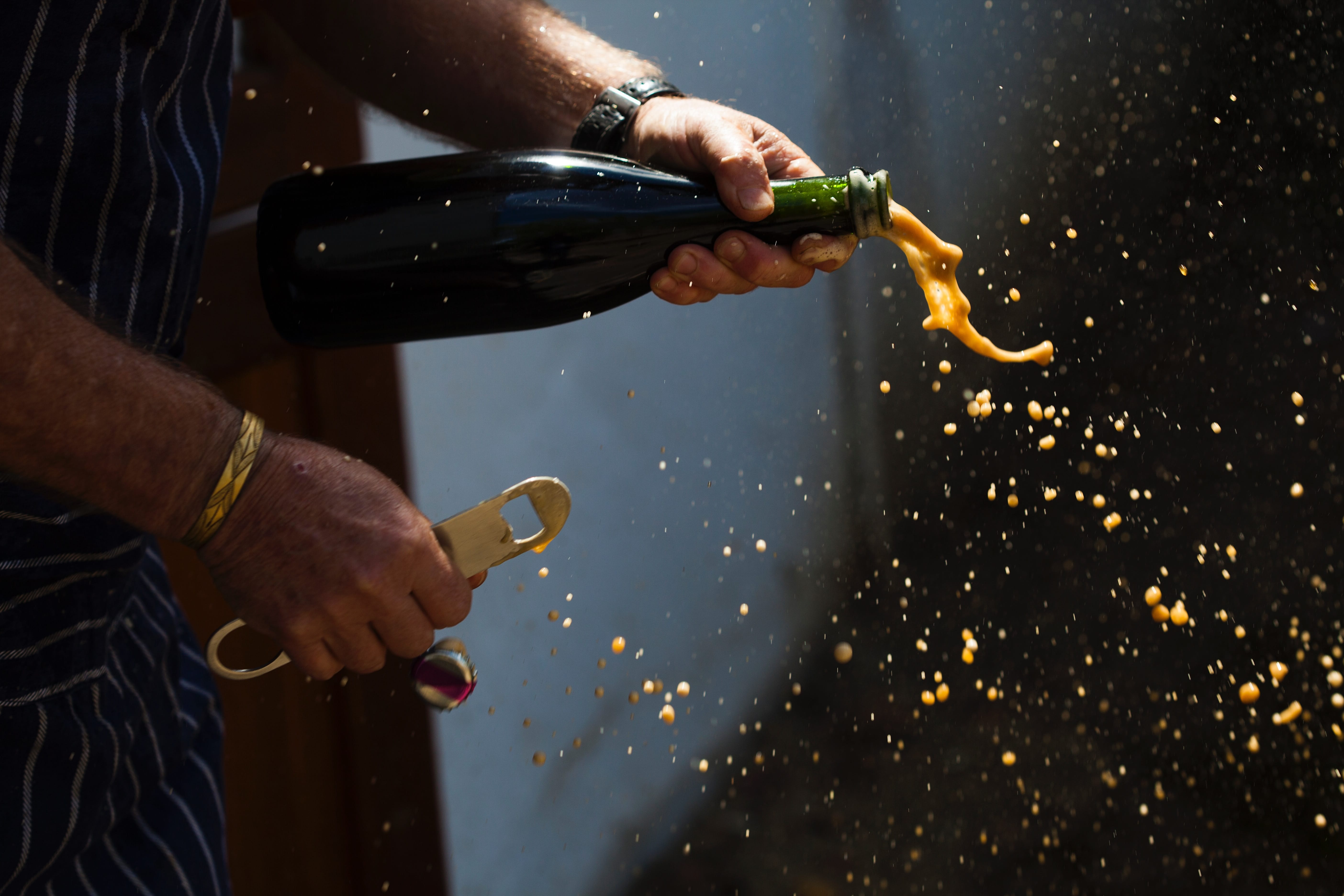
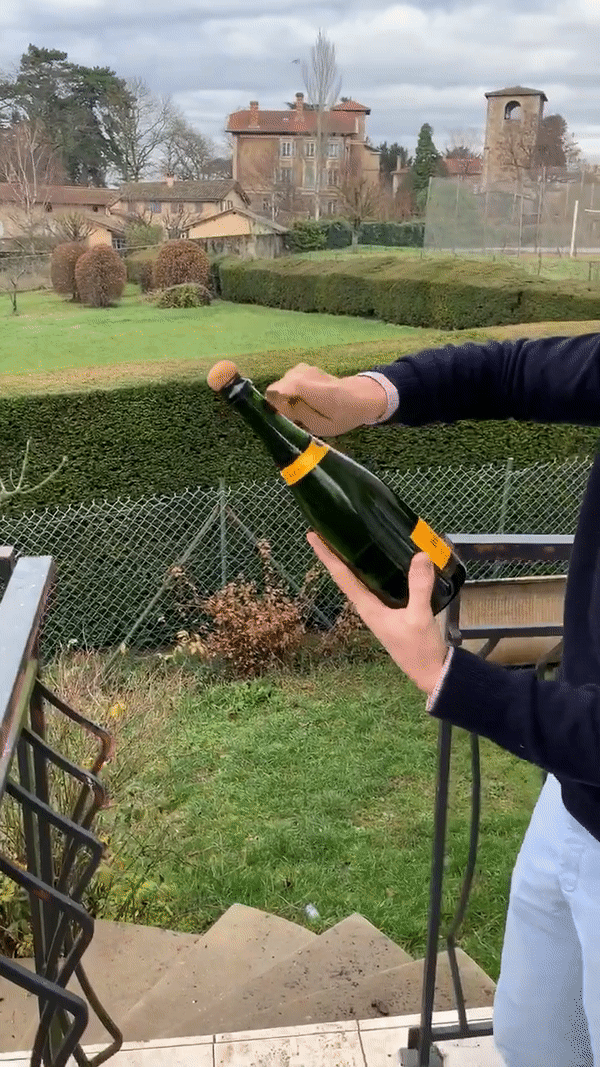
Before bubbles come into the mix, Champagnes is a wine made pretty much like any other. Grapes are harvested and pressed, just as if we were making white wine., and the grape varieties used are Chardonnay, Pinot Noir and Pinot Meunier. These last two are red grapes with white flesh, and so they must be pressed very lightly to result in white wine. The juice then goes into a vat, and then what we call the “Prise de mousse” (secondary fermentation) takes place in the bottle.
As the wine is bottled, additional yeast is introduced so that it can consume the leftover sugar. This prompts the creation of carbon dioxide, as the wine stays in a horizontal position 9for 12 months at least) and the wine ages on its lees. There must be at least 15 months between the introduction on of additional yeast and its removal, and this limit increases to 3 years for champagnes wich are “Millésimés” (Vintage). This is the legal framework, but in reality most Champagne makers keep this process going for much longer.
The yeast at work during all this time eventually coagulates into residue which must be removed from the bottle. In order to achieve this, the bottles are turned upside-down very slowly using a riddling table, a process which is often automatic nowadays. The Yeast eventually comes to rest in the neck of the bottle, and is then submerged into a liquid which will freeze the residue. The last step called “dégorgement”(disgorging) consists in opening the bottle by popping out the frozen yeasts.
Before the bottle is corked once again to be distributed, an expedition liquor is added to the wine. It contains wine aged by 2 years at least, sometimes combined with sugar. The quantity of sugar added will determine the flavour but also the category of the champagne. From the driest to the sweetest, these categories are: brut nature (or non dosé), extra brut, brut, extra dry, demi-sec, doux.
Hopefully you now know how champagne is made and prepared for distribution. Once you have your chosen bottle, what will you pair it with? A few pointers to help you out.
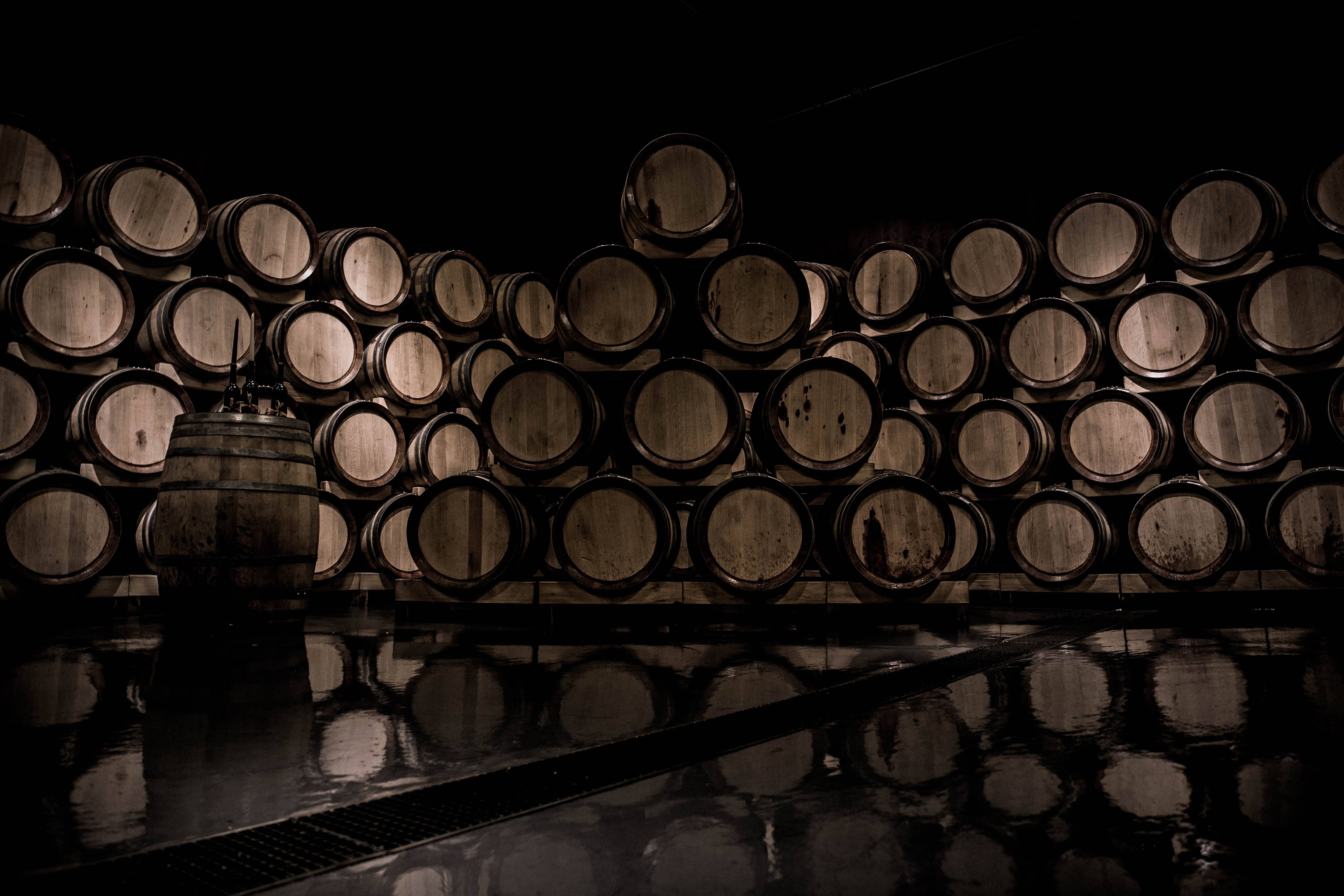
III – Food and Champagne pairings
For this purpose, we will separate types of champagne into 4 categories. « blanc de blancs », made only from chardonnay, « blanc de noirs » made only from the red grapes Pinot Noir or Pinot Meunier, rosés Champagne, mostly made from a mixture of red wine from the region and champagne, and finally vintage champagne.
« Blanc de blancs » will go well with meals that call for sharper wines. A good example is seafood or oily fish varieties like salmon. You could also think of getting sushi for this type of wine. Another idea would be soft cheese, such as Saint-Félicien.
Regarding « blanc de noirs », their fruity aromas will allow you to venture out towards dishes with more character. It is sometimes even served with foie gras, as mentioned in our previous article. You could also go for white meat dishes, for instance turkey with chestnuts.
Rosé champagne is the only rose wine which is made by mixing red and white wine, it is known and appreciated for its powerful and fruity profile. Rise champagne goes well with meats like duck or lamb, but also with fruit pies. It is sharp enough to cut through pastry, and its fruity flavours complements that of the fruit.
Finally, to find a perfect match for vintage champagne, you can use its slightly oily and powerful characteristics. Don’t hesitate to serve it with ripened cheese, or dishes served with mushrooms.
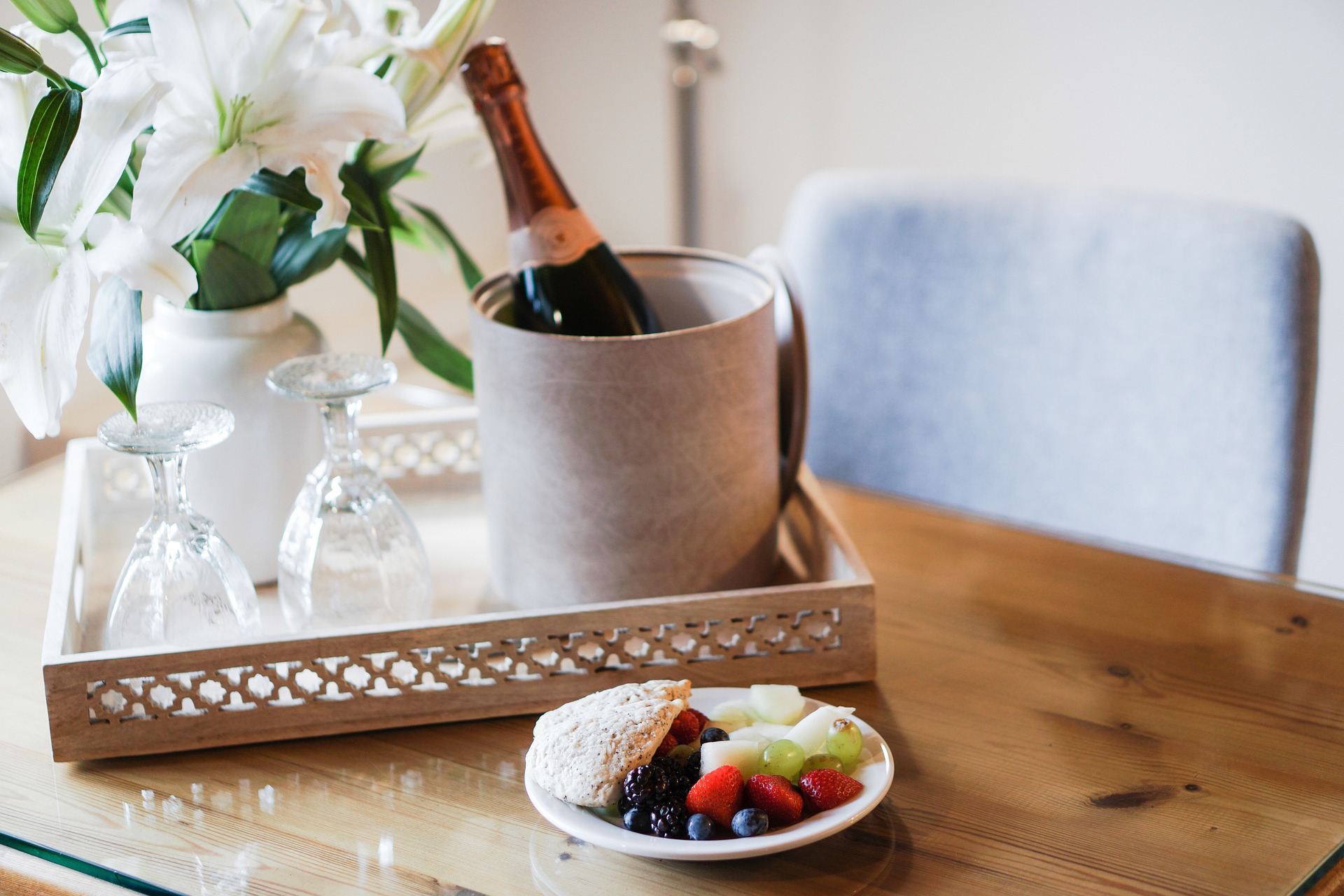
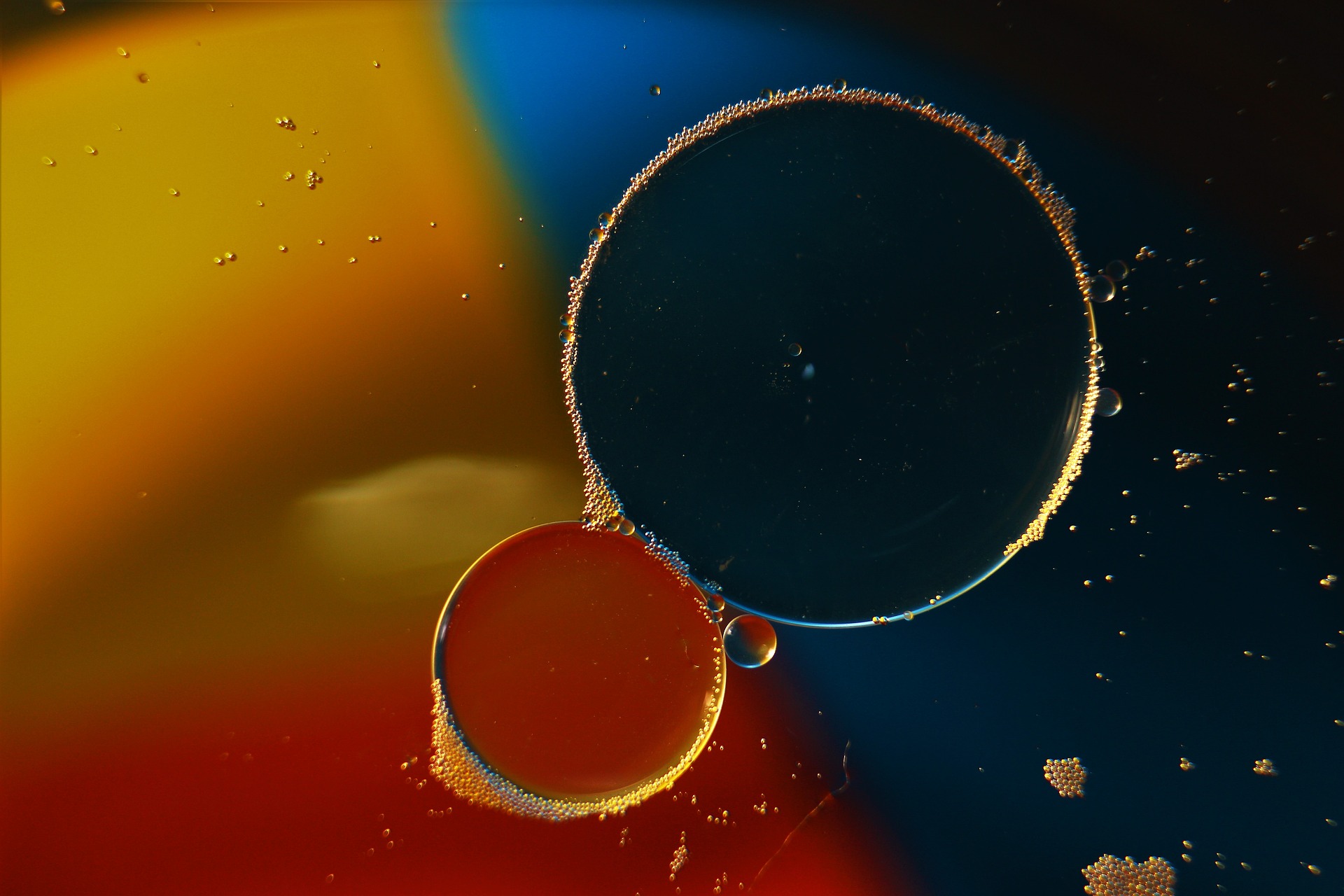
Ready to taste ?
You are now ready to begin sampling different champagnes over the holidays, and try food pairings you might enjoy. So cheers, and make sure you surprise you guests with original and elaborate food pairings. Champagne is a wine to celebrate with, but also and fortunately a wine that can be had at any point during a meal and complement many dishes!
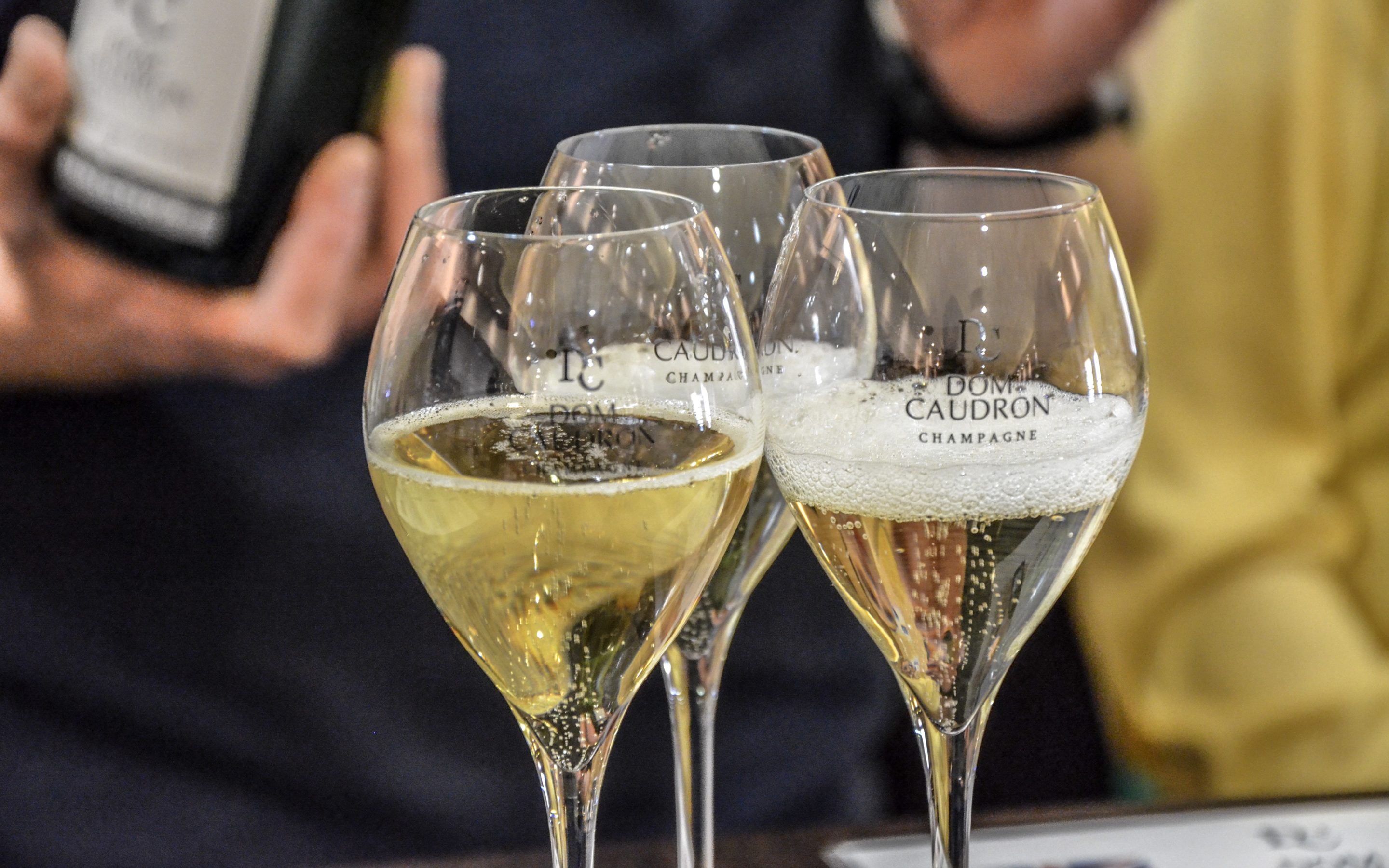
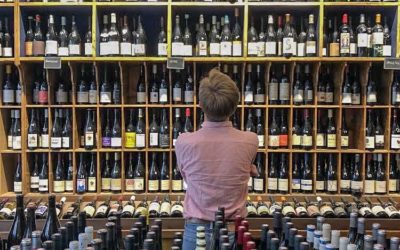
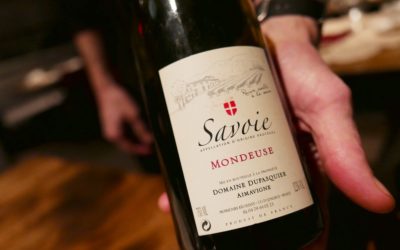

0 Comments